Documentarians Justine Shapiro and B.Z. Goldberg traveled to Israel to interview Palestinian and Israeli kids ages 11 to 13, assembling their views on living in a society afflicted with violence, separatism and religious and political extremism. This 2002 Oscar nominee for Best Feature Documentary culminates in an astonishing day in which two Israeli children meet Palestinian youngsters at a refugee camp.
Related Movies
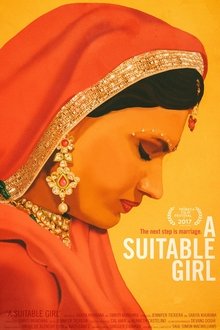
A Suitable Girl (2017)
A Suitable Girl follows three young women in India struggling to maintain their identities and follow their dreams amid intense pressure to get married. The film examines the women's complex relationship with marriage, family, and society.

Das Dorf der Freundschaft (2001)
A German Documentary about the “village of friendship” that was created by American Veteran George Mizo to help the Vietnamese kids suffering from the Vietnam War.
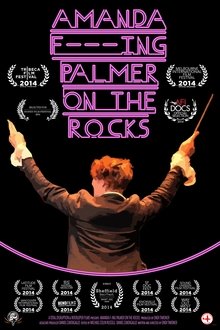
Amanda F***ing Palmer on the Rocks (2014)
Follow punk-cabaret icon Amanda Palmer as she hits the stage at Red Rocks Amphitheater. Since her record-breaking $1.2 million crowd-funded Kickstarter campaign, Palmer (formerly of the Dresden Dolls) has carved out a path of fearlessness and independence outside the norms of the music industry.

Vanishing Pearls: The Oystermen of Pointe à la Hache (2014)
The Oystermen of Pointe a la Hache, Louisiana. This town of nearly 300 is struggling to survive following the BP Oil Spill that left their crop dead, finances in ruin and culture facing extinction. This community has a history of being overlooked by the State, and therefore, are taking matters into their own hands, to assure their voice is heard so that they may not otherwise vanish
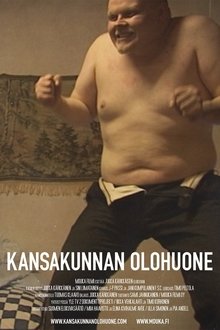
The Living Room of the Nation (2009)
The Living Room of the Nation is a documentary film that portrays a number of Finnish living rooms. The film is a story of changes, the inevitable passing of time, and the human desire to be needed, visible.

Meet the Patels (2014)
Finding love is never easy. For Ravi Patel, a first generation Indian-American, the odds are slim. His ideal bride is beautiful, smart, funny, family-oriented, kind and—in keeping with tradition—Indian (though hopefully raised in the US). Oh, and her last name should be Patel because in India, Patels usually marry other Patels. And so at 30, Ravi decides to break up with his American girlfriend (the one who by all accounts is perfect for him except for her red hair and American name) and embark on a worldwide search for another Patel longing to be loved. He enlists the help of his matchmaker mother, attends a convention of Patels living in the US and travels to wedding season in India. Witty, honest and heartfelt, this comedy explores the questions with which we all struggle: What is love? What is happiness? And how in the world do we go about finding them?
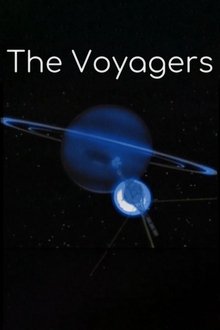
The Voyagers (2010)
In the summer of 1977, NASA sent Voyager 1 and Voyager 2 on an epic journey into interstellar space. Together and alone, they will travel until the end of the universe. Each spacecraft carries a golden record album, a massive compilation of images and sounds embodying the best of Planet Earth. According to Carl Sagan, “[t]he spacecraft will be encountered and the record played only if there are advanced space-faring civilizations in interstellar space. But the launching of this bottle into the cosmic ocean says something very hopeful about life on this planet.” While working on the golden record, Sagan met and fell madly in love with his future wife Annie Druyan. The record became their love letter to humankind and to each other. In the summer of 2010, I began my own hopeful voyage into the unknown. This film is a love letter to my fellow traveler. - Penny Lane
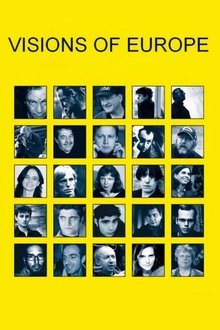
Visions of Europe (2004)
Twenty-five films from twenty-five European countries by twenty-five European directors.
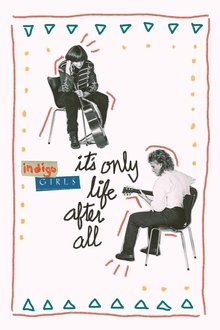
Indigo Girls: It's Only Life After All (2024)
An intimate look into the lives of one of the most iconic folk-rock bands in America - the Indigo Girls. With never-before-seen archival and intimate vérité the film dives into the songwriting and storytelling of the music that transformed a generation.
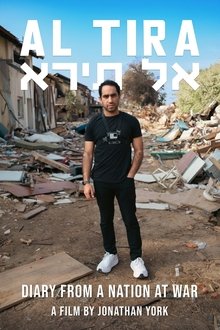
Al Tira: Diary from a Nation at War (2024)
A young Jewish professional visits Israel amid a multi-front war and creates a short film entirely on his iPhone to help his community better connect with the current mood of the Jewish state.
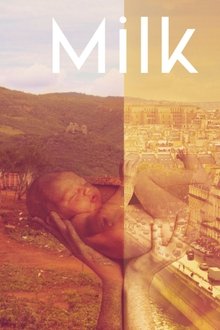
Milk (2015)
Through an intimate and artistic lens, yet investigative and political, Milk brings a universal focus on the politics, commercialization and controversies surrounding birth and infant feeding over the canvas of stunningly beautiful visuals and poignant voices from around the globe.

In Paris Parks (1954)
This short film displays the dynamic movement of people as they enter and exit parks in Paris.
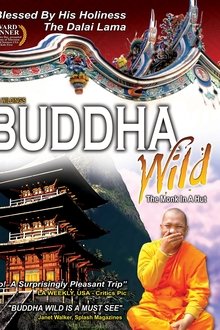
Buddha Wild: Monk in a Hut (2008)
Buddhist monks open up about the joys and challenges of living out the precepts of the Buddha as a full-time vocation. Controversies swirling within modern monastic Buddhism are examined, from celibacy and the role of women to racism and concerns about the environment.
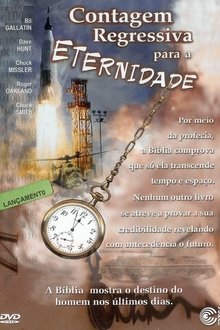
Countdown to Eternity (1999)
Bible expert Bill Gallatin explores biblical prophecies from the Book of Revelation that have transpired, with a discussion of whether these events signify that we are now living in the End Times preceding the return of Jesus Christ. Gallatin touches on events such as the increasingly acute difficulties in the Middle East, numerous environmental catastrophes, earthquakes and more, explaining how they connect to scriptural writings.

Whose Is This Song? (2003)
Adela Peeva explores the national origin of a song common amongst a set of countries, and finds that the answer is not as simple as one might think.
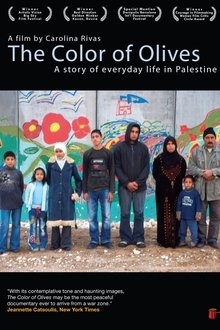
The Colour of Olives (2006)
Like many Palestinian families, the Amers live surrounded by the infamous West Bank Wall where their daily lives are dominated by electrified fences, locks and a constant swarm of armed soldiers. Through director Carolina Rivas' sensitive lens, we discover the private world of all eight members of the family. As their dramas unfold, we catch a glimpse of their constant struggles and the small, endearing details that sustain them, including olive trees, two small donkeys and their many friendships. Constructed with a combination of verité scenes and re-enactments, this poignant and richly crafted film offers its audience a much needed opportunity to reflect on the effects of racial segregation, the meaning of borders and the absurdity of war

The Resettlement Plan (2024)
Avi Amit’s “Real Time” documentary outlines the Israeli far right’s plan to resettle the Gaza Strip.
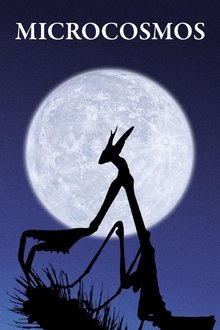
Microcosmos (1996)
A documentary of insect life in meadows and ponds, using incredible close-ups, slow motion, and time-lapse photography. It includes bees collecting nectar, ladybugs eating mites, snails mating, spiders wrapping their catch, a scarab beetle relentlessly pushing its ball of dung uphill, endless lines of caterpillars, an underwater spider creating an air bubble to live in, and a mosquito hatching.

The Murmuring (1995)
Every Wednesday at noon, women who were kidnapped for sexual purpose by the Japanese army during its imperialism and their supporters demonstrate against Japanese government to request official apology and indemnity for their crimes. This documentary portrays sexually abused old women's suppressed story of overcoming of their shame and forced silence.